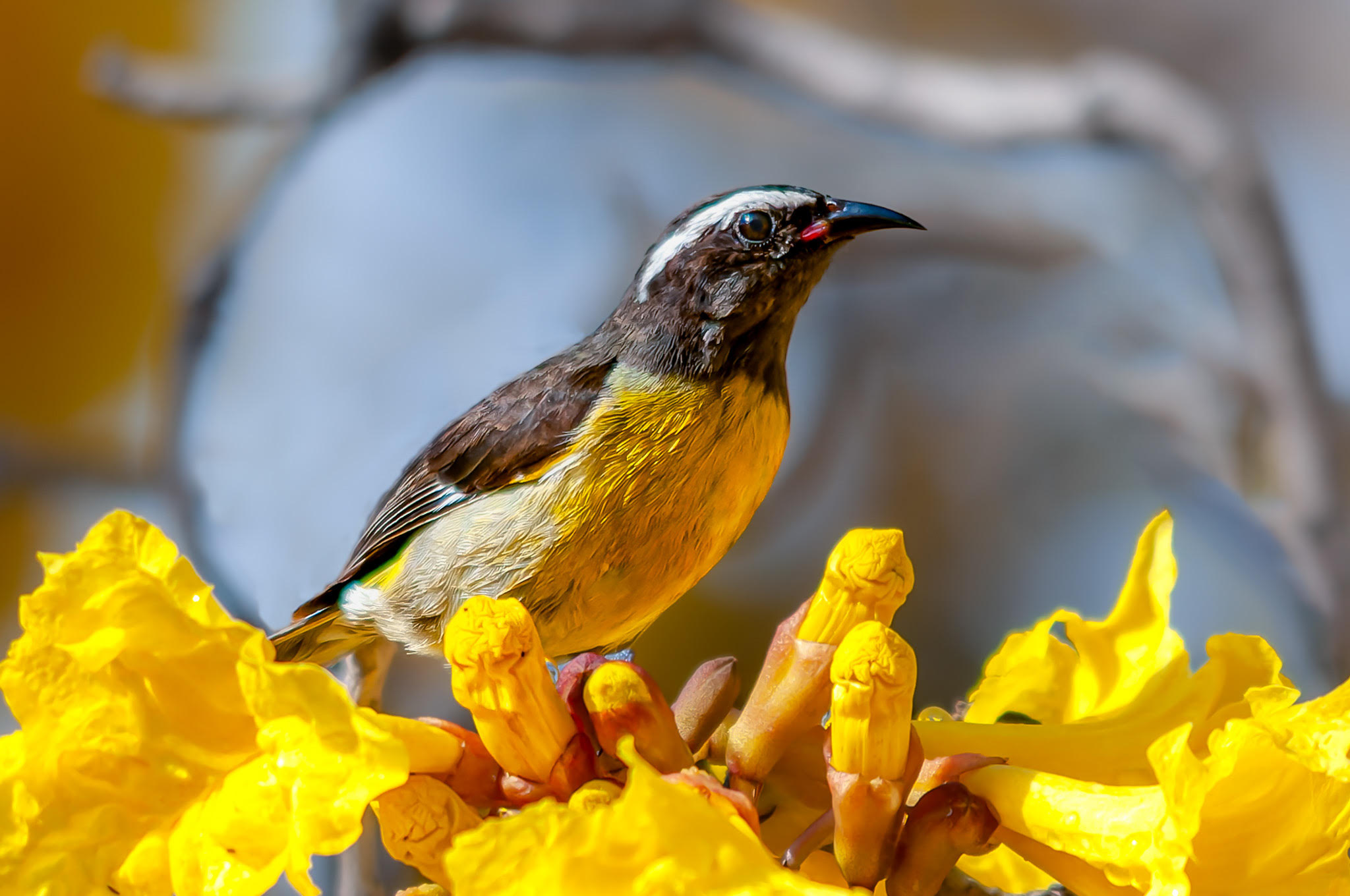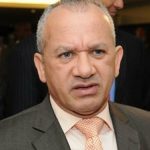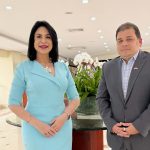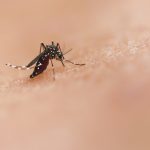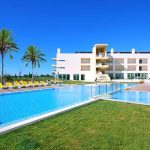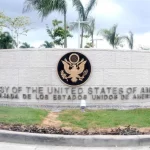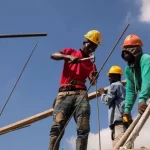Specialized tourism for the rich variety of the Dominican Republic’s flora
Santo Domingo.– Sun, beaches, mountains, adventures, gastronomy and authentic rhythms are ingredients of the offer of the leading tourist destination in the Caribbean, the Dominican Republic. However, this territory, which many call paradise, is much more: a perfect option to admire and be enraptured by the rich variety of flora and fauna found in forests, reserves, mangroves, wetlands, sanctuaries and national parks. These scenarios are home to native and endemic species that represent the Dominican Republic and are part of the vast biodiversity of the Antilles.
Beyond the boundaries of the traditional all-inclusive resort, boutique hotel or other types of lodging, there is a world of experiences and sensations that tourists, especially specialized travelers, can appreciate, such as a guided tour of a national park or interpretive trails through forests with rich forest ecosystems. This is another way of promoting ecotourism that is so much in demand today.
It has been proven that interpretive trails, for example, allow visitors to follow a route and find information points at every step about the surrounding nature and different ethnographic and cultural elements of a certain area. The Dominican flora, in particular, is a little exploited element within the complementary tourism offer, a subject that the authorities have not known how to take sufficient advantage of, despite the fact that it makes us unique and one of a kind.
The national flower and more than 2,000 species of endemic plants
The national flower, the showy rose of Bayahíbe (Pereskia quisqueyana), and the national tree, the Creole mahogany (Swietenia mahagoni), are two species that astonish the tourist -specialized or not- who chooses us. As a destination we have multiple options to contemplate and admire our flora. The enormous biodiversity that characterizes us, according to our scientists, is made up of some 6,100 species of plants, of which almost 2,050 are endemic.
The Dominican Republic has all the environments of a continent: “Pine forests in the high mountains with sub-zero temperatures and alpine aspect, like any country with a temperate climate, to dry forests,” says Francis Jiménez, deputy scientific director of the National Botanical Garden “Dr. Rafael María Moscoso”, in Santo Domingo.
This passionate botanist emphasizes the broadleaf cloud forest “with abundant and beautiful palo de viento (Didymopanax tremulus) and the manacla palm (Prestoea montana) forests”. The dry forest, he adds, has a diversity of cacti “that form a beautiful and harmonious landscape, as well as the high altitude savannahs among pine forests covered with pajón (Danthonia domingensis), an endemic species that adorns the intramontane valleys in the forest of Pinus occidentalis.
According to Jiménez, it is a privilege that internationally renowned scientists visit our botanical gardens for research purposes, as did, just over a year ago, English-American botanist Andrew James Henderson, who visited the herbarium of the National Botanical Garden. His contributions are not inconsiderable: in his more than 40 years dedicated to the study of plants, he has described and taxonomically classified some 314 species and subspecies, especially in the Arecaceae family (palms or palms). Among the species collected by Dominican botanists and preserved in the herbarium, Dr. Henderson identified new populations of Coccothrinax jimenezii.
A miniature continent
Dominican flora is one of those elements that make us unique and unrepeatable and “at the same time it is one of the values that have been less promoted and less exploited in our insular condition of high endemism and special characteristics,” says Ricardo García, former director of the National Botanical Garden. For him, in the sense of the great diversity that our island exhibits in terms of flora, “we can almost be compared to a miniature continent.”
A group of travelers is dedicated to go around the world in search of unique details of the biodiversity of the destinations, not only birds or marine mammals, but also the species of flora in all its manifestations and with unique particularities. “Many times they do it for aesthetic reasons, simple contemplation or curiosity, and others for scientific research. So we have a very high and exploitable potential, exploitable in a sustainable way; somehow we have to strengthen our efforts so that these projects can be put on the agenda of tourism promotion.”
In the world of the island’s endemic palms, García says, we have the cacheo, the guanito de Oviedo and other species such as the manacla, “which are marvelous and any traveler who loves these types of plants should necessarily come to our country to see them. And what about orchids: “There are 160 species of orchids endemic to Hispaniola. According to the latest studies, 363 are from here on the island; endemism corresponds to 44%, and that is very high in a botanical family like this,” explains the former JBN director.
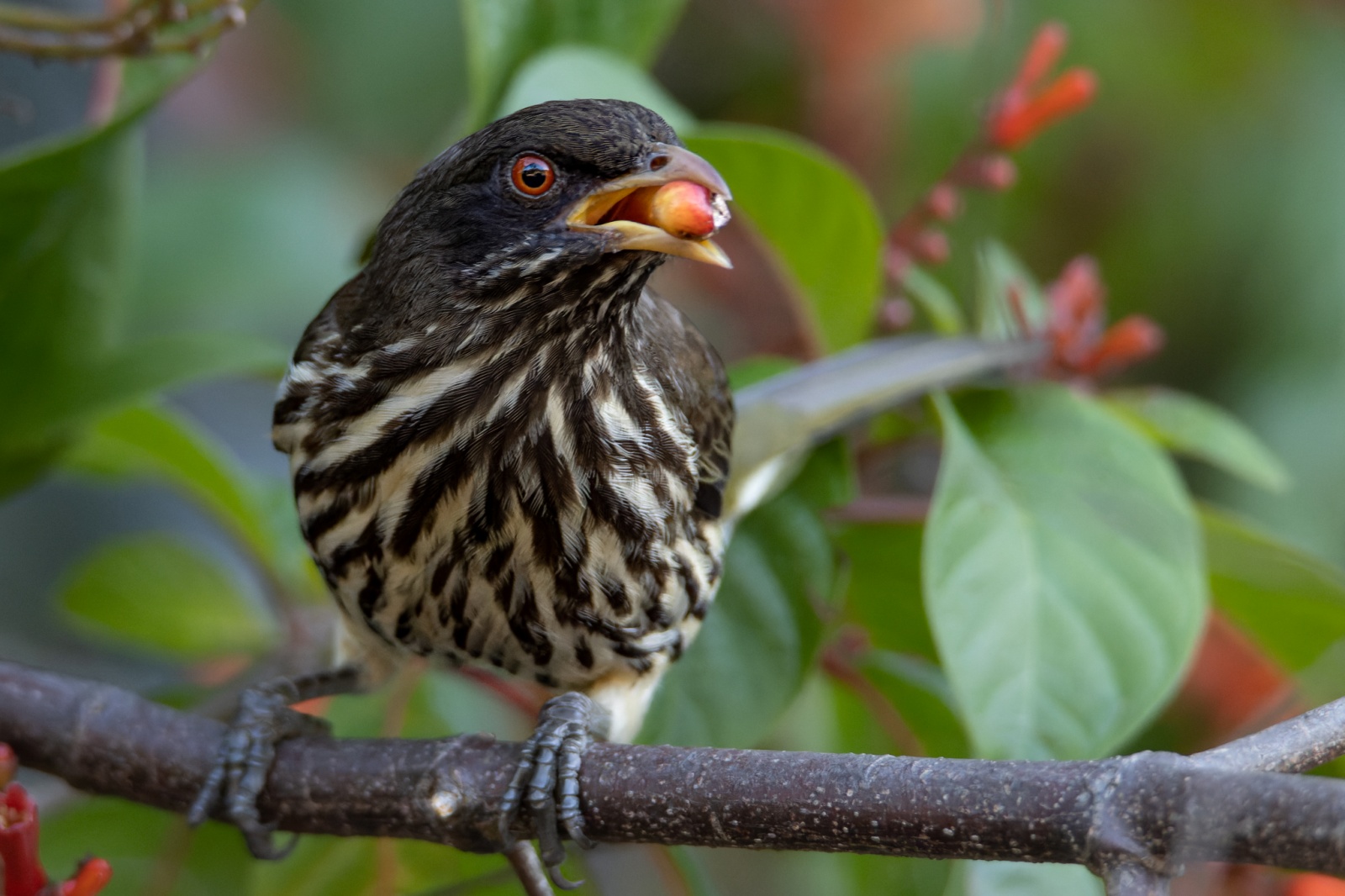
National bird cigua palmera (Dulus dominicus) feeding on buzunuco (Hamelia patens). (Photo: Dr. Franklin Howley-Dumit Serulle)
The weight of popular tradition
Nelson Bautista, general secretary of the Council of the Botanical Garden of Santiago de los Caballeros “Prof. Eugenio de Jesús Marcano Fondeur”, is among the ones who consider that the Dominican flora represents an important resource and a great potential to exploit it from the tourist point of view. “If we take into account the traditional botanical uses, we have the guáyida, one of the main food sources of our aborigines; and that is a culture aspect that the tourist will appreciate.”
The Dominican Republic, in its different life zones, has exuberant forests, Bautista points out. “It is a pleasure, for example, to travel through a humid forest such as the area of Miches towards Higüey and Samaná, or to travel through the arid zones of the northwest or southern Dominican Republic. The traveler will find on the roads a good quantity of flora that is traditionally used in popular medicine, such as the prickly melon or melon of breña.” He also refers to other magical-religious plants closely linked to the culture and beliefs of the population, which he considers as resources for tourism.
“And there are the emblematic trees, those giant trees that we have left, like the huge ceiba found in Tamboril, or a cimarron tamarind in Oviedo on the way to Pedernales. In the city of Santo Domingo itself we have trees of this type, like the ones in the Independence Park. These are elements that can be exhibited and used for tourism.”
Most of the flora of Hispaniola is found in the Dominican Republic. “We are one of the most diverse spots in the Caribbean. After Cuba we are the island with the most plant species; endemism makes us exclusive and that can be taken advantage of in the tourist offer, since in hotels endemic plants can be planted or an arboretum can be created where those plants that our aborigines consumed, or those used in religion or in popular medicine, can be exhibited. You could even exhibit and market handicrafts made from Dominican wood,” Bautista proposes.
Other endemic species are of a minimum territorial restriction, assures the expert, as the case of the green ebony (Magnolia pallescens) or the pereskias (both the rose of Bayahíbe and the rose of Bánica. “Their endemism is limited and restricted, but they are such beautiful specimens that with an adequate promotion and with a sustainable promotion niche they would surely become another attraction for those interested in coming to see them.”
Impressive ecosystems
Milcíades Mejía, former director of the Botanical Garden of Santo Domingo, agrees that in order to know and study our great number of endemic species, it is necessary to visit us. “Not only the flora represents an important attraction for tourists, researchers or naturalists, but also the varied ecosystems of the high mountains, of our valleys, of our coasts, which for their majesty and beauty impress the most indifferent of travelers.”
For Mejía, also former president and member of the Board of Directors of the Dominican Academy of Sciences (ACRD), it is a privilege to delight in observing the extensive pine forests of our Central Cordillera or the green ebony forest, or a manaclar –population of manaclas palms–, or a population of cacheo palms, “and if not, a guanal on the coast of Barrero, in Azua, or the guaritos of Bahía de las Águilas, which grow directly on the limestone rock, just to mention a few.”
According to the former JBN director, these are experiences of extraordinary value “that can only be seen in our beloved land. To appreciate the beauty of the Bayahibe rose, of the numerous endemic species of orchids of varied colors, or the fragrance of our magnolia –the green ebony–, or of the Creole bellflower (Cubanola domingensis), which are very exclusive species of the coastal zone, provokes in the human being an indescribable sensation that brings us closer to nature and makes us defend it against the threats that hover over it. We have immense varieties of plants, we have the perfect product to promote nature, scientific and observation tourism.”
Regulations for protected areas
The Ministry of Environment and Natural Resources of the Dominican Republic establishes a legal framework for compliance with the Sectoral Law on Protected Areas and the Sectoral Law on Biodiversity, as well as international conventions, especially the United Nations Convention on Biological Diversity (CBD); the ministry promotes research and facilitates permits for such purposes.
According to Federico Franco, Vice Minister of Protected Areas and Biodiversity of that ministry, the entity grants research permits inside and outside protected areas. “The request for permission to conduct research takes a dynamic process, which begins with the introduction of the application through the ‘one-stop service desk’, which is sent to the Biodiversity Directorate to complete the requirements,” he explains.
The “one-stop service desk” process can be requested by specialized tourists from their countries of origin, via e-mail. In the case of research related to access to genetic resources, that is, research on the genetic material of an endemic or naturalized species, it is requested through contracts for access to genetic resources and benefit sharing.
The access contracts include in their clauses benefits for the local communities that are the holders of the traditional knowledge for which the research is carried out. “There are two types of access contracts, one for research purposes and the other for commercial or exploitation purposes, through which, from this research, dividends can be obtained. They can be carried out by universities, pharmaceutical companies and industries, and as a result the country can benefit from them with medicines, creation of technical capacities, exchange of knowledge, among others”, exemplifies Vice-Minister Federico Franco.
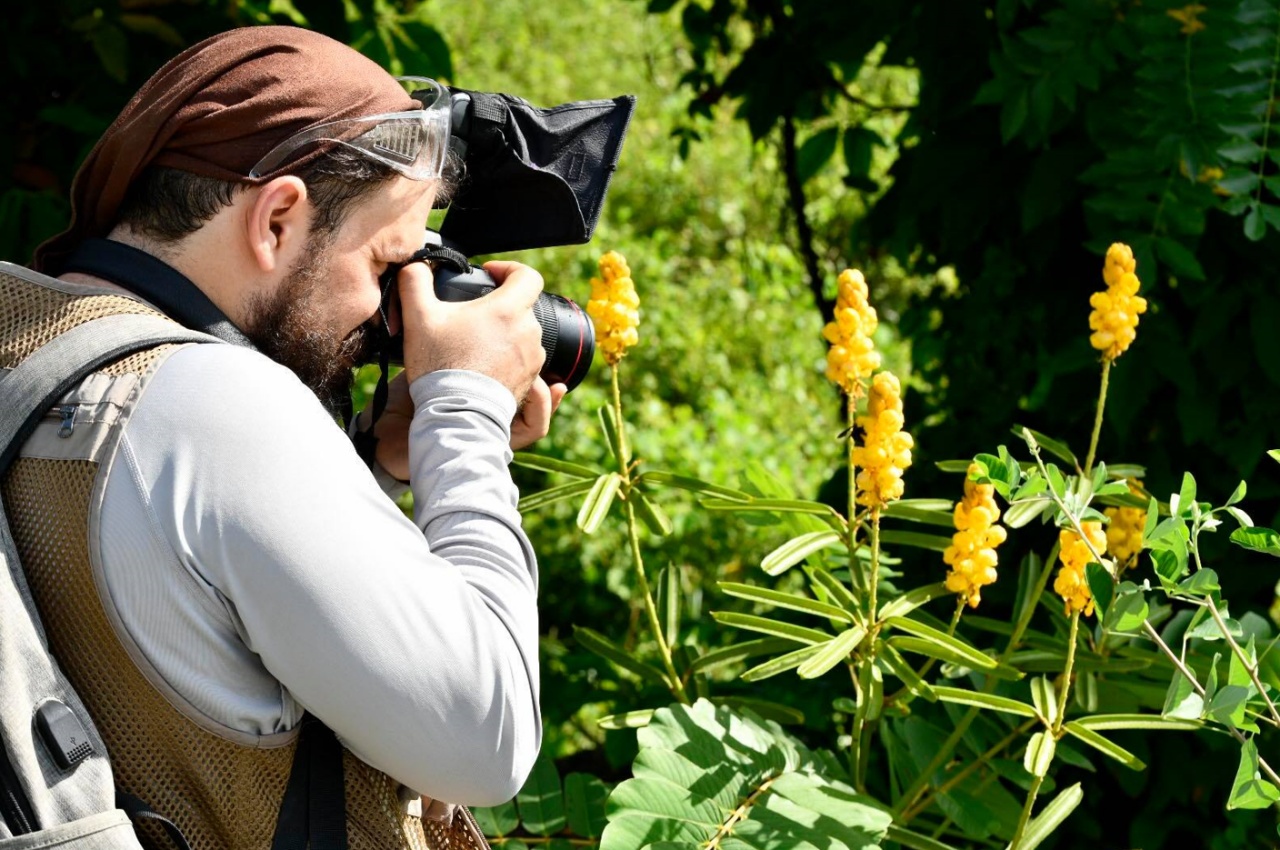
Dr. Franklin Howley-Dumit Serulle during an expedition to Bonao while photographing the candelabra bush (Senna alata).
Tailor-made excursions?
According to Elizabeth Tovar, president of the Association of Tour Operators (Opetur) and CEO of the Turenlaces agency, there has been a transformation in the taste of tourists in recent years, “hence the need for segmentation in our offer and to correctly market the different niches at the country level, including the rich Dominican flora.”
Deeply knowledgeable about the local tourism offer, Tovar urges the government to take the issue of marketing and segmentation with more enthusiasm. “Our laws are made to benefit the big tour operators, but they restrict, for example, tailor-made excursions to the smaller ones…, and these obstacles even affect the development of domestic flora and fauna tourism,” she points out.
A Dominican living in Madrid, plastic artist, industrial designer and photographer, Erickdony Turbí, without any institutional support, is dedicated to promoting what is ours. With his Artpargatas enterprise, he makes Europeans aware of our emblematic faceless dolls and other elements that he paints on espadrilles made with sustainable materials.
The young man, a native of San Cristóbal, also created a collection of bags made of rectified leather and grain leather (legitimate), which he named “Palmeras en la piel”, hand-painted with illustrations of three of our endemic palms: the royal palm (Roystonea hispaniolana Bailey), the guanito palm (Coccothrinax argentea) and the cacheo palm (Pseudophoenix ekmanii).
An Eden for botanical exploration
There are many men of science who have come to our territory for centuries to contribute to the knowledge and dissemination of our extraordinary biodiversity. To mention all or part of them would be like writing a book, and such a volume already exists; its author is German Jürgen Hoppe and it is entitled Great explorers in the lands of Hispaniola, published in our country in 2001 by the León Jimenes Group.
It talks about the French monk and botanist Charles Plumier (1646-1704), who, on his third trip to the Antilles, between 1696 and 1697, discovered the cocaria (Fuchsia triphylla) in the highlands of our Central Cordillera, from which the famous color fuchsia originates. He described it in his book Nova Plantarum Americanum Genera, published in 1703, as Fuchsia Triphylla Flore Coccinea, which means “Fuchsia with three leaves and red flowers.”
Swede Erik Leonard Ekman (1883 – 1931) was one of the leading botanical collectors of all times and his contribution to the knowledge of the Antillean flora is the most extensive made by a single person. He arrived in Santo Domingo in 1928 and three years later became ill with malaria and pneumonia; he was only 47 years old when he died in Santiago de los Caballeros, in the home of his great friend Dr. Rafael Ciferri. During 17 years of work in the field he collected more than 35.000 varieties of plants, 19.000 from Cuba and 16.000 from Hispaniola, which together with the duplicates collected total more than 15.000 specimens.
By Adrian R. Morales
Senior Staff Writer
adrian.editor@gmail.com
(Special contribution: nature photographer Dr. Franklin Howley-Dumit Serulle)


